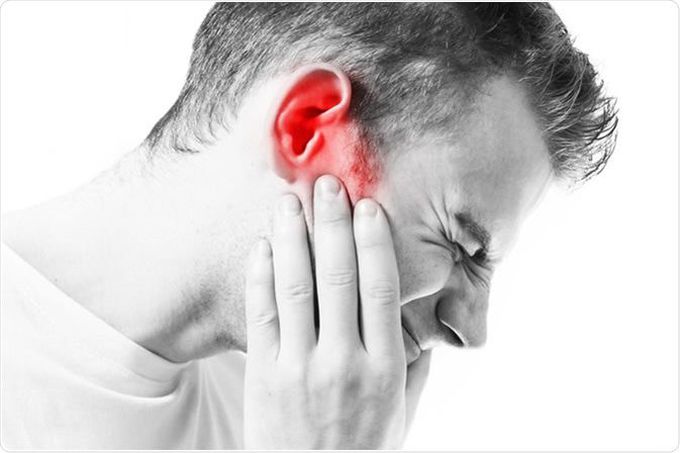

Abeer Fatimaover 4 years ago

Causes of Tinnitus
Tinnitus refers to a ringing or buzzing sensation in the ears. The causes of tinnitus are: - Hearing loss - Inner ear damage - Noise pollution - Wax impaction - Head injury - Otitis media - Meniere’s disease - Anemia - Aspirin - Aminoglycosides use - Loop diuretics Reference: Oxford Handbook of Clinical Medicine
Top rated comment
over 4 years ago
Can a cerebellopontine angle tumor, such a vestibular schwannoma (since such a tumor has extension into the IAC), also cause tinnitus?
Other commentsSign in to post comments. You don't have an account? Sign up now!


